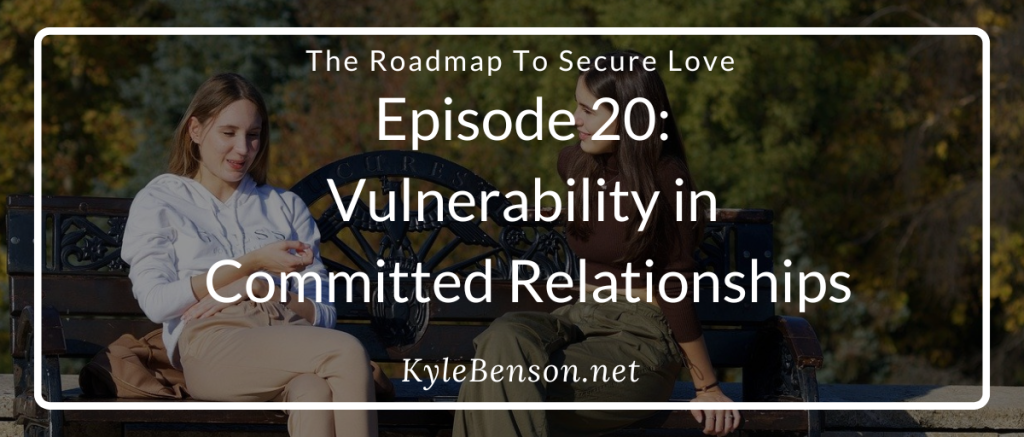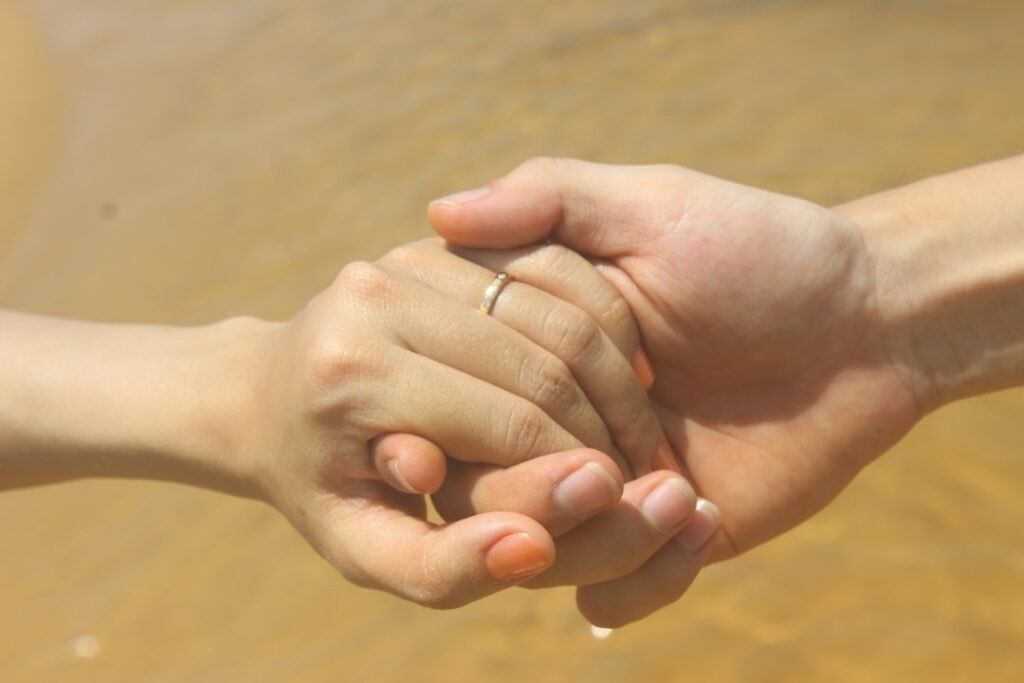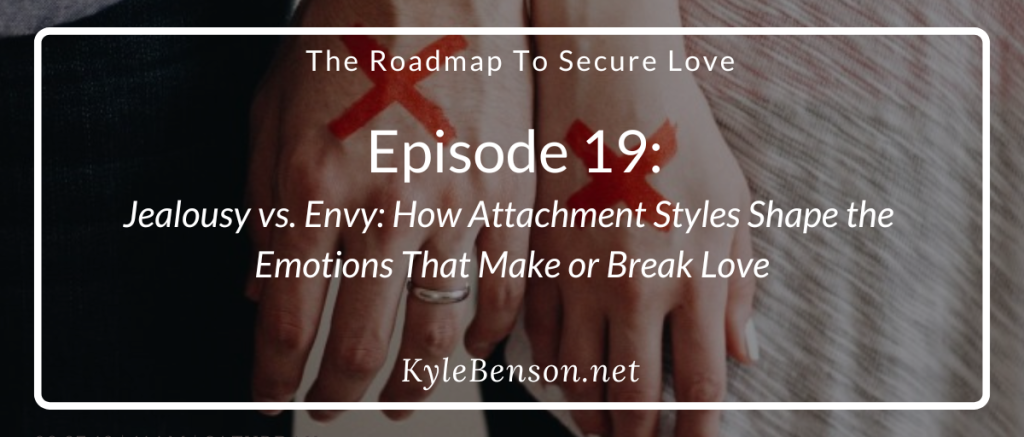
This episode of The Roadmap to Secure Love provides a comprehensive overview of how understanding attachment styles can greatly enhance relationship dynamics and personal growth. In this post, I outline the challenges faced when applying attachment theory and the significant takeaways that can help anyone improve their interpersonal connections.
Attachment Theory Explained
Attachment theory is a cornerstone of psychological research, first developed by John Bowlby. It offers an invaluable framework for understanding how our earliest interactions with caregivers influence our behavior in relationships throughout our lives. This theory categorizes attachment styles into three types: secure, anxious, and avoidant, each presenting unique challenges and opportunities in personal relationships.
Challenges in Applying Attachment Theory
- Identifying Personal Attachment Style: One of the main hurdles is accurately identifying one’s own attachment style. Many people may not be aware of how their upbringing influences their current relationship patterns, which can lead to repeated cycles of conflict or dissatisfaction.
- Understanding Partners’ Attachment Styles: Another challenge is understanding and adapting to the attachment styles of partners or close others. This requires not only self-awareness but also empathy.
- Transforming Knowledge into Action: Knowing about attachment theory and actually applying its insights are two different things. Many struggle to translate this understanding into actionable changes in behavior, which is essential for improving relationships.


Key Takeaways from the Podcast
Our discussion was rich with insights, and here are five essential takeaways for enhancing your relationships:
- Foundation of Attachment Styles: We detailed how different attachment styles affect interactions within relationships. Recognizing whether you are secure, anxious, or avoidant can help you understand your needs and expectations in relationships.
- Impact of Early Childhood: The profound impact of our early relationships with caregivers on our adult relationship dynamics was a focal point. Understanding this can demystify many of the emotional challenges individuals face.
- Improving Relationship Communication: For those with anxious or avoidant styles, specific communication strategies can be particularly beneficial. These strategies aim to open up new paths to intimacy and understanding.
- Opportunities for Relationship Healing: We emphasized the possibility of changing one’s attachment style over time through conscious effort and, often, therapeutic interventions. This is a hopeful aspect for anyone looking to break cycles of relationship distress.
- Practical Steps for Growth: Finally, we provided listeners with actionable advice on applying these insights to foster healthier, more secure relational patterns.
Utilizing These Insights
Here’s how you can leverage the understanding of attachment theory to better your relationships:
- Self-Reflection: Begin with introspective work to identify your own attachment style and its roots.
- Education: Continuously educate yourself about the nuances of different attachment styles and their effects on relationships.
- Communication Skills: Implement enhanced communication techniques tailored to address the specific needs of your attachment style and those of your partners.
- Therapeutic Support: Consider engaging with a therapist to work on modifying detrimental attachment behaviors.
- Consistent Application: Make a consistent effort to apply these principles in your day-to-day relationship interactions to see real changes.
We’re committed to helping you navigate the complexities of relationships through informed, research-based approaches like attachment theory. We hope this podcast episode has illuminated paths you can take to improve not only your romantic relationships but also your interactions with friends and family.
Remember, understanding your attachment style isn’t just about identifying weaknesses—it’s about embracing a journey towards deeper, more meaningful connections.
Listen to Previous Episodes:
For more insights and resources, be sure to subscribe to our newsletter and stay updated with all our latest content.
Here are some additional resources to create a secure relationship:
Recommended Courses:


Recommended Books:
Workshops:
Articles on this site:
Frequently Asked Questions (FAQ)
Q1: What is attachment theory and why is it important in relationships?
A: Attachment theory, developed by John Bowlby, explains how our earliest interactions with caregivers shape our behavior in relationships throughout life. It is crucial for understanding personal and interpersonal dynamics, helping to improve relationship quality and personal growth.
Q2: What are the different attachment styles?
A: There are three main attachment styles:
- Secure: Characterized by comfort with intimacy and independence.
- Anxious: Marked by a preoccupation with relationships and fear of abandonment.
- Avoidant: Involves a preference for emotional distance and self-reliance.
Q3: How can I identify my own attachment style?
A: Identifying your attachment style involves self-reflection on your relationship behaviors and considering your early childhood experiences. Online quizzes and therapy sessions can also provide insights.
Q4: Why is it challenging to understand my partner’s attachment style?
A: Understanding your partner’s attachment style requires empathy, communication, and a willingness to see things from their perspective. It involves recognizing how their past experiences influence their current behaviors.
Q5: How can knowledge of attachment theory be applied to improve relationships?
A: Applying attachment theory involves:
- Self-Reflection: Understanding your own attachment style and its origins.
- Communication: Adapting your communication strategies to fit your and your partner’s attachment styles.
- Therapeutic Support: Seeking therapy to work on modifying unhealthy attachment behaviors.
- Consistent Effort: Applying these insights in daily interactions to foster healthier relationships.
Q6: What impact does early childhood have on adult relationships?
A: Early childhood relationships with caregivers significantly influence adult relationship dynamics. These early experiences shape our expectations, behaviors, and emotional responses in relationships.
Q7: Can attachment styles change over time?
A: Yes, attachment styles can change through conscious effort and therapeutic interventions. This involves understanding and addressing the underlying issues that contribute to an insecure attachment style.
Q8: What are some practical steps for improving relationship communication?
A: Practical steps include:
- Active Listening: Engaging fully with your partner’s words and emotions.
- Validation: Acknowledging your partner’s feelings without judgment.
- Openness: Being willing to learn and adapt to each other’s needs.
- Emotional Agility: Navigating emotions mindfully and constructively.
Q9: How can I start working on my attachment style?
A: Begin with self-reflection to identify your attachment style. Educate yourself on the nuances of attachment theory, implement effective communication strategies, consider therapy, and consistently apply these principles in your relationships.
Q10: Where can I listen to The Roadmap to Secure Love podcast?
A: You can listen to The Roadmap to Secure Love podcast on various platforms, including Spotify, Youtube, and Apple Music. Be sure to subscribe for updates on new episodes.
Q11: Who hosts the podcast and what are their credentials?
A: The podcast is hosted by Kyle Benson and Kimberly Castelo, who are experts in relationship therapy and emotional connection. They provide insights and strategies based on research and practical experience.


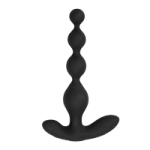 Anal Beads
Anal Beads Anal Vibrators
Anal Vibrators Butt Plugs
Butt Plugs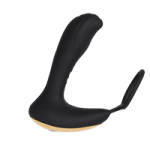 Prostate Massagers
Prostate Massagers
 Alien Dildos
Alien Dildos Realistic Dildos
Realistic Dildos
 Kegel Exercisers & Balls
Kegel Exercisers & Balls Classic Vibrating Eggs
Classic Vibrating Eggs Remote Vibrating Eggs
Remote Vibrating Eggs Vibrating Bullets
Vibrating Bullets
 Bullet Vibrators
Bullet Vibrators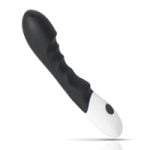 Classic Vibrators
Classic Vibrators Clitoral Vibrators
Clitoral Vibrators G-Spot Vibrators
G-Spot Vibrators Massage Wand Vibrators
Massage Wand Vibrators Rabbit Vibrators
Rabbit Vibrators Remote Vibrators
Remote Vibrators
 Pocket Stroker & Pussy Masturbators
Pocket Stroker & Pussy Masturbators Vibrating Masturbators
Vibrating Masturbators
 Cock Rings
Cock Rings Penis Pumps
Penis Pumps
 Wearable Vibrators
Wearable Vibrators Blindfolds, Masks & Gags
Blindfolds, Masks & Gags Bondage Kits
Bondage Kits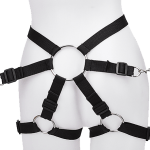 Bondage Wear & Fetish Clothing
Bondage Wear & Fetish Clothing Restraints & Handcuffs
Restraints & Handcuffs Sex Swings
Sex Swings Ticklers, Paddles & Whips
Ticklers, Paddles & Whips












